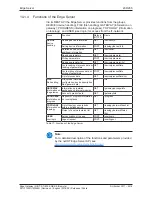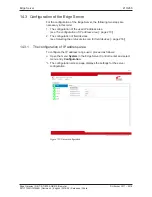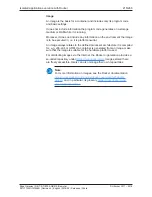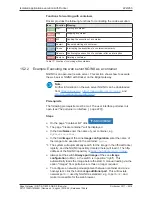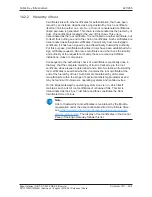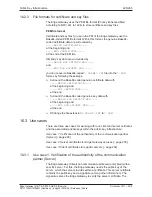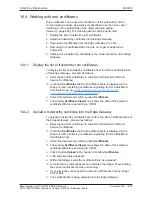
Isolated application execution with Docker
219/263
Container
A container is a runtime instance of an image.
A container represents an image that is being executed in its individual
runtime environment and can be compared with a running process.
Running an image in a container is commonly denominated as "starting"
the container. The term "starting" implies that Docker transfers the image to
an individual runtime environment to execute it there. This runtime
environment is isolated against host machine and other containers, i.e.
neither host machine nor other containers can influence it. Access to
resources of the host system as e.g. host files and ports occurs only if
explicitly configured.
A container consists of:
·
a Docker image,
·
a runtime environment, and
·
a standard command architecture.
The runtime environment contains e.g. current information on configuration
and status. For storing this information, Docker generates a virtual drive in
the container, a so-called "volume"
Docker can start several containers, even containers originating from the
same image.
Note:
For more information on containers, see the Docker documentation
(https://docs.docker.com/get-started/#prerequisites
) and, in
particular, its glossary (
https://docs.docker.com/glossary/?
term=container
).
Edge Gateway | NIOT-E-TIB100-GB-RE (Remote)
DOC170501UM04EN | Revision 4 | English | 2018-08 | Released | Public
© Hilscher 2017 – 2018




